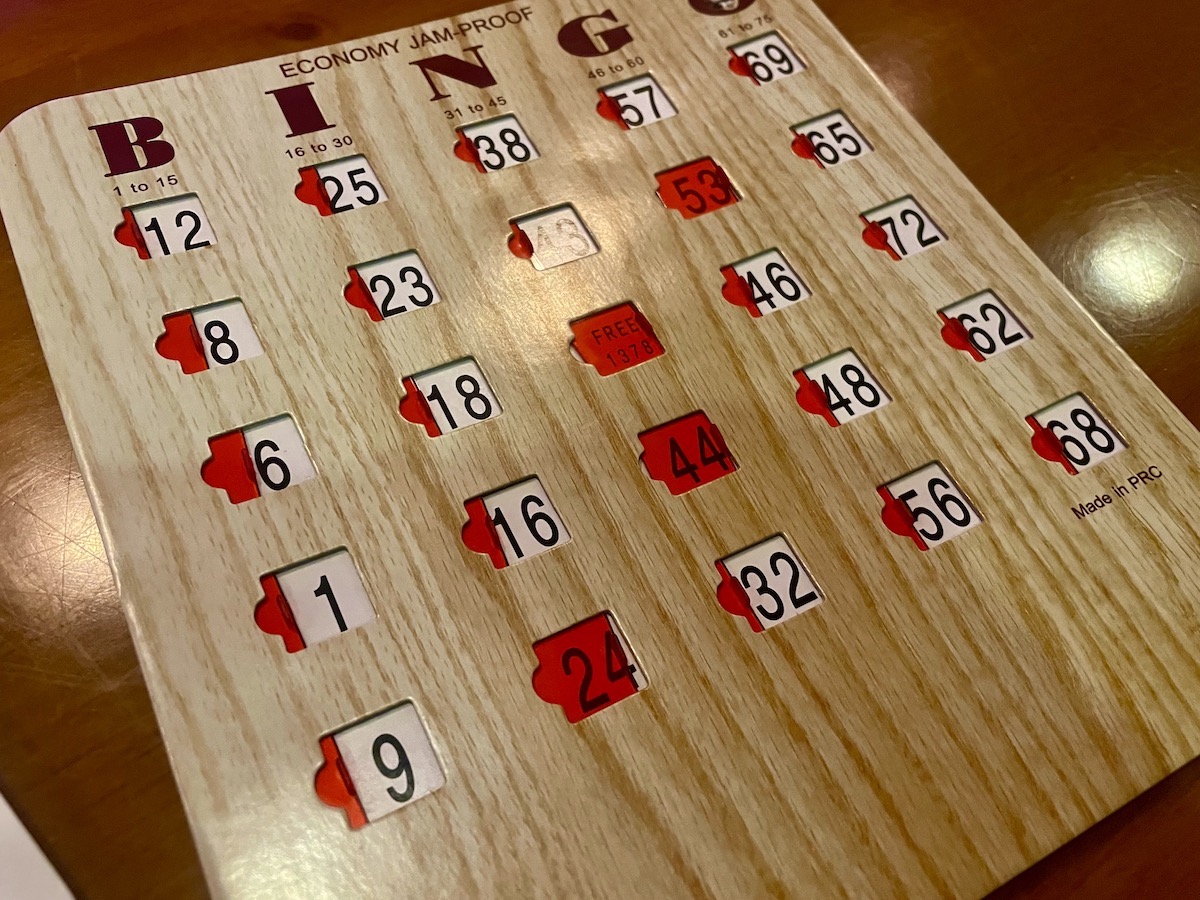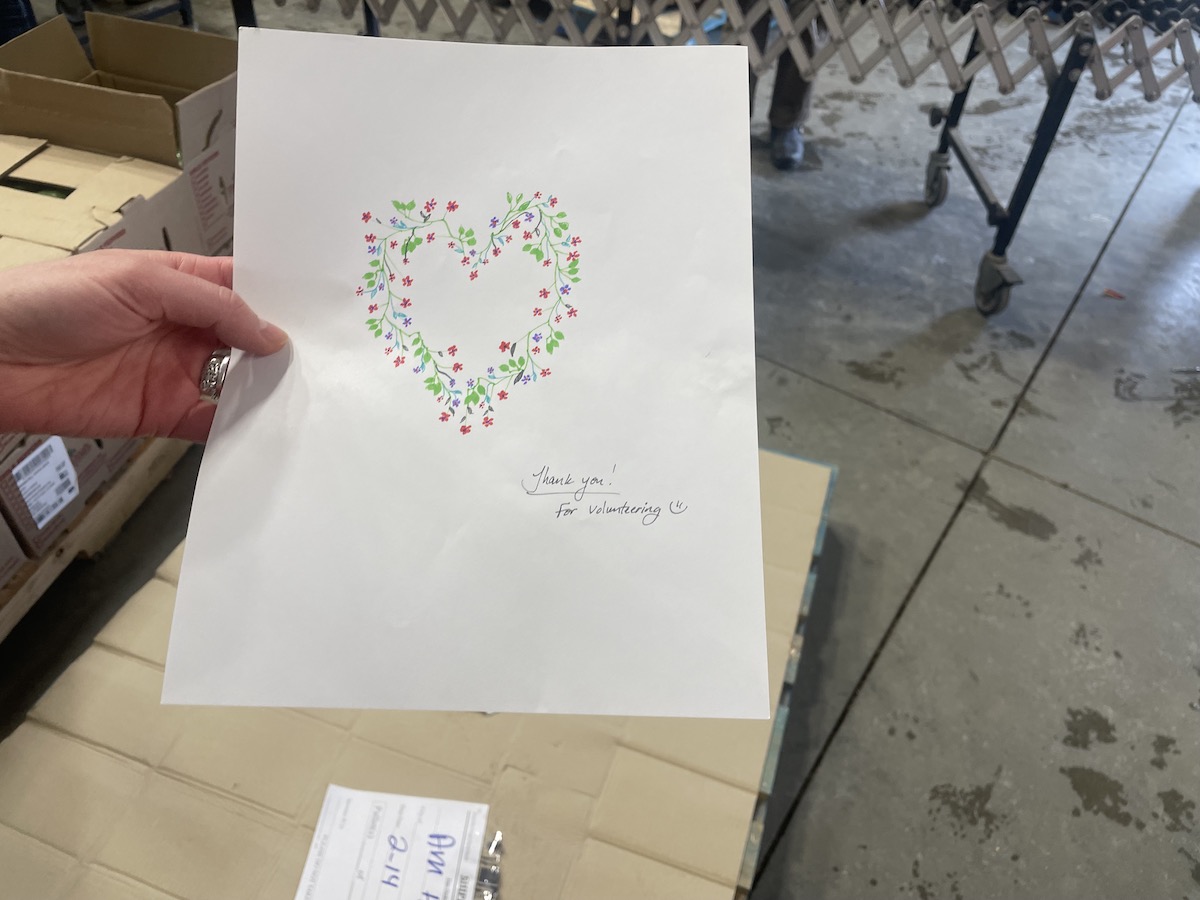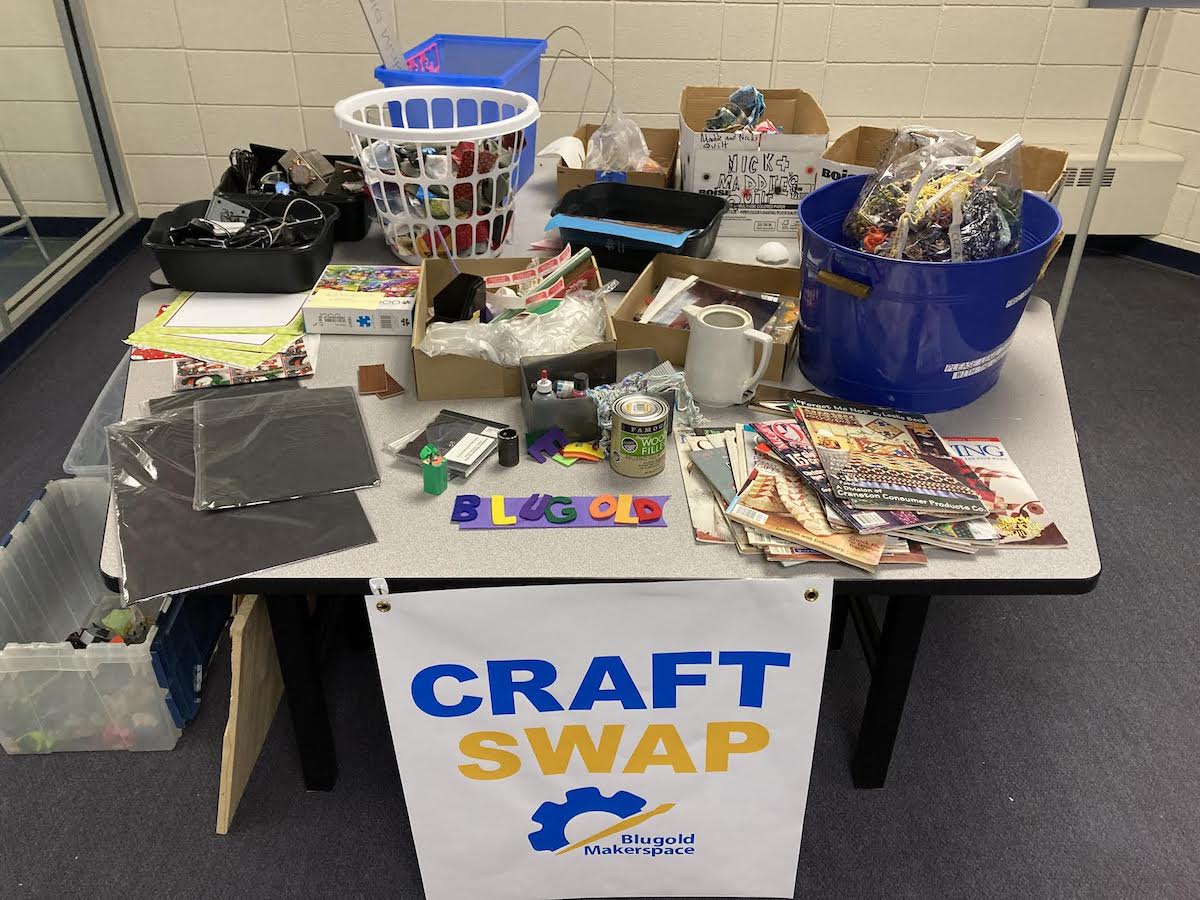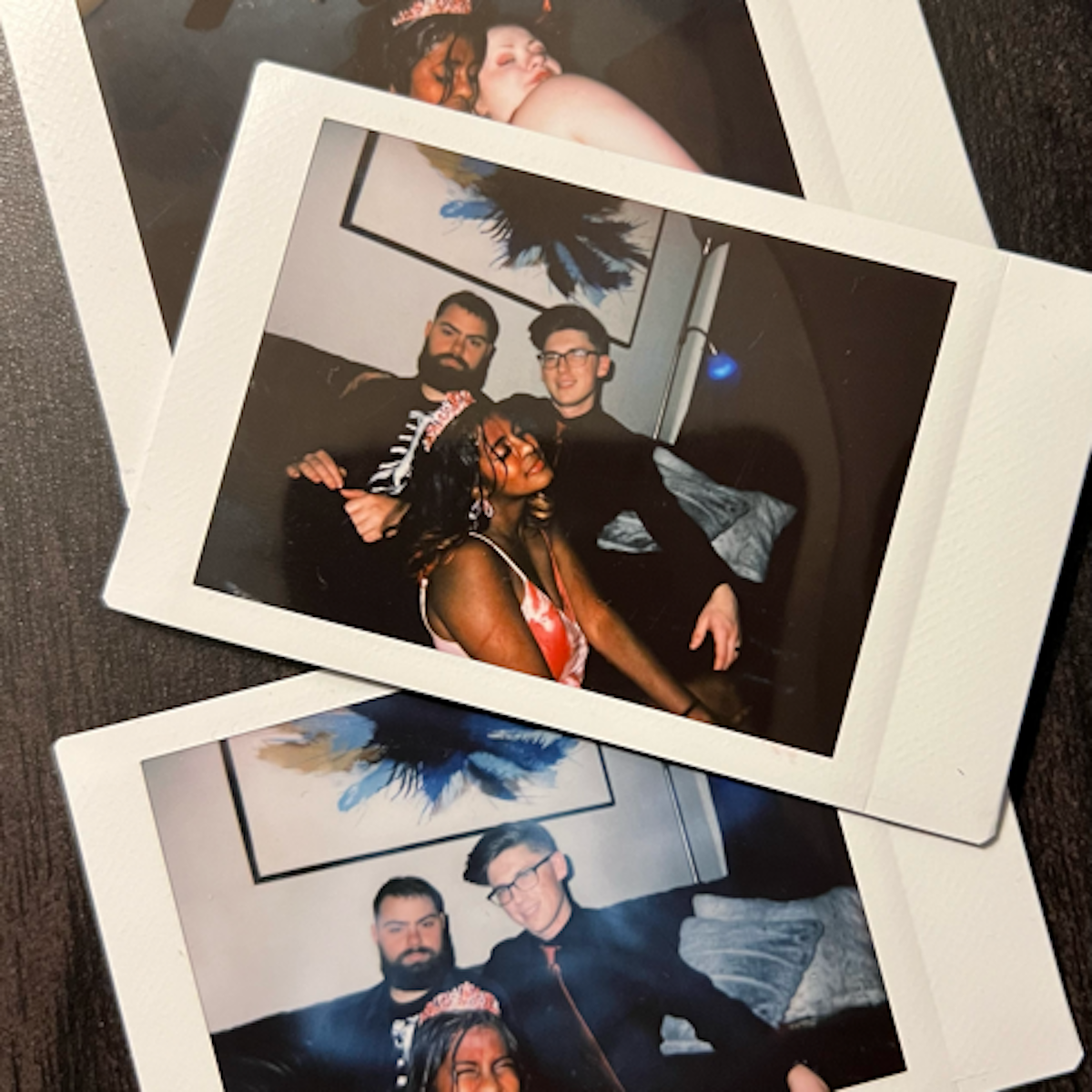You have an interview for that job you’ve been coveting when a button pops off your shirt. You only have few moments left before the interview, so you can’t run back home and change. There’s three options that you can do: go into that interview with feigned confidence, hoping that your potential boss doesn’t notice the obvious missing button; pull your winter jacket back on, hiding the accident; or pull out a needle and thread and sew that button back on.
It’s emergencies like this that call for a 911 sewing kit that can be kept in book bags, purses or pockets. These aren’t hard to assemble, all the supplies needed are available at sewing and craft stores, or even the sewing department at Walmart. Store these in a small tin box (Celestial Seasonings tea sometimes has tin collector’s boxes that work nicely) or a coin purse.
What to keep in your kit:
1. A small sewing needle. “Sharps” are the most common hand sewing needles. They’re about an inch long, and have a round eye where the thread is placed, and work well with most fabrics. These, and almost all the other hand sewing needles come in packages costing about $3.
2. Some straight pins and safety pins. You’ll only need a few of these, so there’s no need to invest in a package of 500 straight pins.
3. A small spool or bobbin of white thread and another of black thread. For quick fixes you won’t need the thread to match your shirt (or whatever you’re fixing). Black and white thread is standard, but most sewing supply stores also sell “invisible” thread made of nylon. If you don’t plan on sewing that often, considering purchasing a spool of this for your quick fixes.
4. A couple extra buttons in black and white in case you never find a button that falls off. Throw in the extra buttons that come from the packets on shirts if you want to be extra safe.
5. Depending on the size of your Sewing 911 kit, keep a pair of small embroidery scissors or nail clippers in it to cut thread.
The basics of sewing are needed in fashion emergencies. The even backstitch is a strong, versatile stitch that can be used in a quick fix.
Knot the thread by making a loop around the index finger, holding it with the thumb. To make the stitch begin by bringing the thread to the upper side of the fabric. Pull the thread through, then insert the needle through all fabric layers about an 1/8 of an inch back from where the needle came through. Before pulling the rest of the thread through, insert the needle back up about 1/8 of an inch in front of the beginning stitch. Repeat by inserting the needle 1/8 of an inch back, or step number 1.
It’s OK to lightly mark the line you want to stitch with a pencil or piece of chalk. When you wash the garment these marks will come right out.
Sewing buttons is easy. The trick is to not knot the thread. Hold the button on the area you want to sew it to and pass the needle and thread up from the back side, being careful not to pull the thread through all the way. Stitch through the holes in the button and back down. Repeat this three more times for each pair of button holes. When you’re finished, pull the needle under the threads. This will make a small loop where you can knot the thread, and repeat this one or two more times for extra hold.
With your handy-dandy sewing kit with you at all time you’re sure to never have a fashion mishap again.







